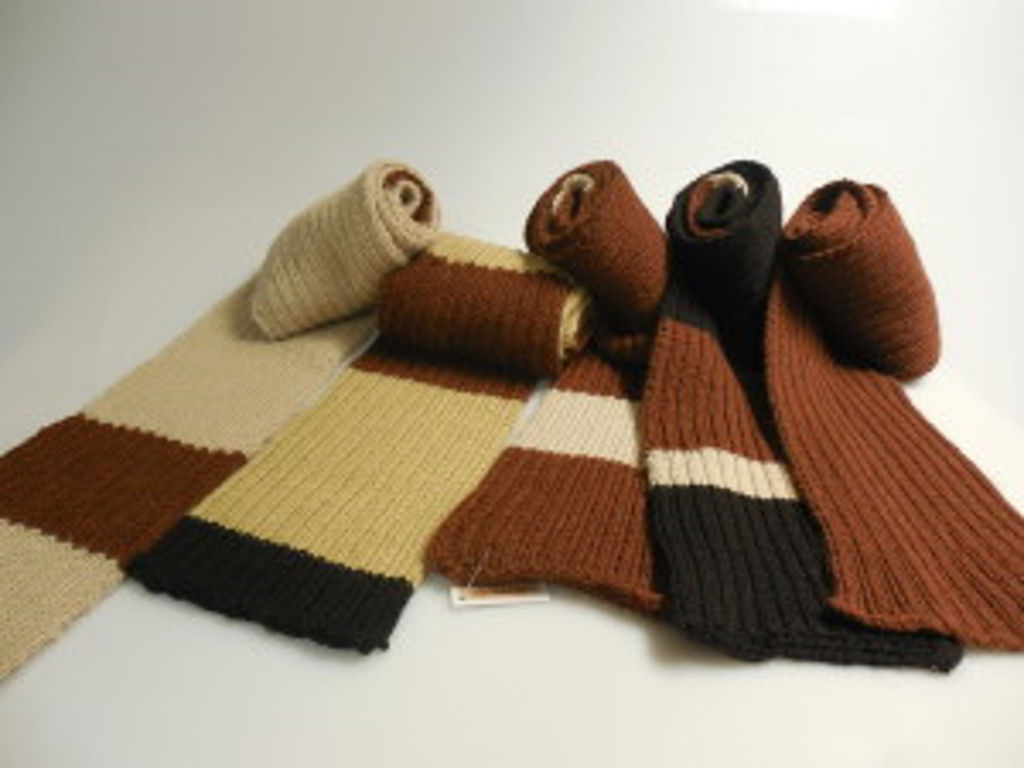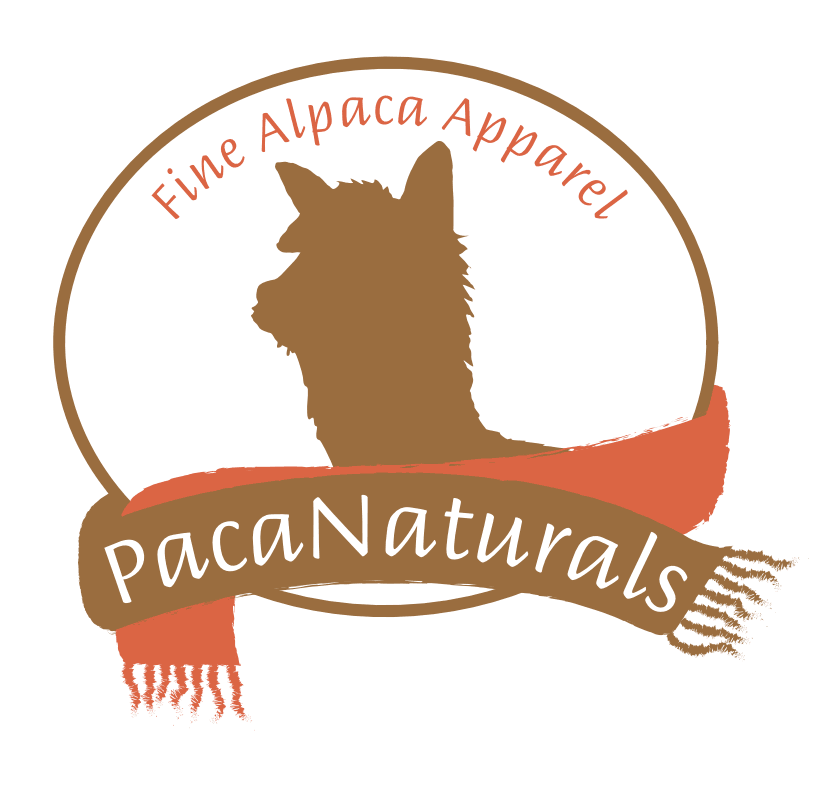As the weather gets colder and temperatures drop, Mainers prepare for what is both the best and the worst season of the year. Even though the snow can sometimes be a pain, there is so much to love about our famous Maine winters. Here are five reasons to look forward to the cold season, and yes…one of them is alpaca. Continue reading 5 Things We Love About Maine Winters
Tag: alpaca
Alpaca Sweater: History Edition!
 It’s time for the second installment of Alpaca Sweater, our weekly New England travel blog! This week, because I’m feeling rather academic, I’m going to take you on a tour of the best historical relics Maine has to offer. Starting in Portland and moving North, we’ll cover such famous landmarks as the Wadsworth-Longfellow house and end up at the very historical Fort Kent in Aroostook County, while hitting all of the great things in between. So buckle up, history nerds, and those who just want to take a nice trip around Maine in the fall and maybe soak up some trivia at the same time. Continue reading Alpaca Sweater: History Edition!
It’s time for the second installment of Alpaca Sweater, our weekly New England travel blog! This week, because I’m feeling rather academic, I’m going to take you on a tour of the best historical relics Maine has to offer. Starting in Portland and moving North, we’ll cover such famous landmarks as the Wadsworth-Longfellow house and end up at the very historical Fort Kent in Aroostook County, while hitting all of the great things in between. So buckle up, history nerds, and those who just want to take a nice trip around Maine in the fall and maybe soak up some trivia at the same time. Continue reading Alpaca Sweater: History Edition!
Smart Women Wear Alpaca
Alpaca products are becoming increasingly popular among women who consider themselves to be smart consumers. As a society, we have become more and more focused on intelligent consumption and sustainability. Focusing on these things are important because, as our global climate shifts, many nations around the world look to the United States to spearhead a greener way of life. It is up to us to become more responsible consumers and to know that each of our purchases is a positive one. By and large, women are the consumers in our society. While women’s roles are changing and evolving and there are more women in the workforce than ever, it still seems that household matriarchs make the most purchasing decisions of any demographic in the United States. Women have recently discovered the benefits of alpaca fiber and products, and that is why smart women wear alpaca.
Think about your purchasing habits. Are you someone who makes most of the purchasing choices in your household? Are you concerned with being a smart and responsible consumer? Alpaca products are one of several ways to be this more intelligent buyer. As we’ve covered in previous blog posts, buying local is the most productive way to sustain your local economy and feel like a better consumer. Supporting your state’s businesses ensures that little money escapes the local economy and keeps jobs in your area. By shopping at PacaNaturals, you are supporting a local business with a goal of sustainability and environmental consciousness. This is reason number 1 that smart women wear alpaca.
Reason number 2 is that alpaca looks good. Not only is alpaca fiber one of the most functional fibers for durability and warmth, it is one of the most stylish fibers available. Dyed with care and spun with intention, alpaca goods are sure to make you a trendsetter among your friends. Wearing alpaca is an affordable way to improve your wardrobe and to let the world know that you are a conscious consumer who has married fashion and sustainability. Browse PacaNatuals’ online store or stop in to look at the ever-growing selection of premium alpacawear.
Third, smart women wear alpaca to stay warm. It’s mid-March and our Maine winter shows no signs of relenting. It is becoming harder to stay warm as the season drags on, and more snow is in the forecast for this week. To get themselves and their families through the harsh conditions, mothers and fathers across the state are looking to alpaca. No fiber does more to keep you warm and insulated as the nor’easters rage on. Scarves, hats, gloves, vests, sweaters, and blankets are just some of the alpaca products sure to keep you nice and toasty until April when, presumably, some milder weather will roll in.
It would be impossible to list all of the benefits of alpacawear in one place, and these three reasons are just the tip of the iceberg. However, they are the three most important. Sustainability, fashion, and warmth are the most frequently cited benefits of alpaca products for a reason. No winter gear will make you as conscious a consumer as alpaca will and none will make you look as good doing it.
Sustainability, fashion, warmth. Just three of the many reasons that smart women wear alpaca.
Super Bowl Sunday: Celebration Must Haves
So, let’s face it: you’re probably not going to this year’s Super Bowl in the Meadowlands. However, you can make your Super Bowl Sunday better than ever in a few simple steps. Click through for some of our must haves for the big game. Continue reading Super Bowl Sunday: Celebration Must Haves
This Baby Alpaca Is Adorable!
From the Farm to Your Closet: The Journey of Alpaca Fiber
 Often we, as consumers, buy things without knowing where exactly they came from. Sure, we can take a quick glance at the tag and determine what country it was manufactured in, but we don’t know much beyond that. Fortunately, with alpaca goods, things are a little easier to visualize. While you may not know exactly what farm the fiber in your scarf or sweater came from, you can still picture a herd of alpacas grazing somewhere on a pasture, their fiber growing into an increasingly luxurious commodity with each passing day. But even though you’re aware of where the fiber in your items may originate, how exactly does it move from the animal grazing in the pasture to the soft material that keeps you warm in the dead of winter? Click through to find out!
Often we, as consumers, buy things without knowing where exactly they came from. Sure, we can take a quick glance at the tag and determine what country it was manufactured in, but we don’t know much beyond that. Fortunately, with alpaca goods, things are a little easier to visualize. While you may not know exactly what farm the fiber in your scarf or sweater came from, you can still picture a herd of alpacas grazing somewhere on a pasture, their fiber growing into an increasingly luxurious commodity with each passing day. But even though you’re aware of where the fiber in your items may originate, how exactly does it move from the animal grazing in the pasture to the soft material that keeps you warm in the dead of winter? Click through to find out!
Step 1 – Shearing:
Alpacas have some of the most premium fiber in the world. The natural fiber grown by alpacas is called fleece, and has the ability to be light or heavy, depending on how it is spun. Left unattended, alpaca fleece could grow long enough to touch the ground after just a few years. For the most part, in North America, alpacas are sheared once a year, usually in the spring. At our farm – Abbott Farms in Cumberland, Maine – our animals are sheared in May to make sure that they will stay cool in the summer months.
Step 2 – Skirting:
Once sheared, the fleece must be checked for bad pieces. This process is called skirting. Basically, any pieces that are too short or too coarse to be spun into a high quality yarn are removed before the fiber can be sent to local spinners. Pieces of hay or food that may have been caught in the alpaca’s fleece are also removed during the skirting process.
Step 3 – Spinning:
The skirted fiber is sent to local spinners who spin it into yarn. The method of spinning is dependent on the individual spinner, but the end result is the same: a premium yarn that is then used to make the wonderful alpaca products found in our store. Fiber that has been skirted and spun can also be dyed into various colors, depending on the needs and wants of the weavers, knitters and crocheters.
Step 4 – Creating:
Once the spun yarn is finished, it is sent to local weavers, knitters and crocheters who make scarves, blankets, sweaters, vests, hats, mittens, socks, and other great items. Alpaca fiber, once spun into yarn, is used just the same as wool or other yarns, and can be made into a slew of different products.
Step 5 – Enjoying:
Here at PacaNaturals, we are committed to selling the most premium of these alpaca goods. Our selection is vast, and our customers are guaranteed to find something they love. Our products have all been through the process you’ve just read about, and are sure to be unique. Alpaca products are as durable as they are beautiful, and will be keeping you warm for years to come.
Why An Alpaca Scarf Is the Must Have of the New Year
 Alpaca products are growing increasingly popular as people become more and more aware of these beautiful animals and the many benefits of using their fiber for apparel and other goods. As we enter the new year, it seems appropriate to tout the greatness of the alpaca scarf. So, what makes this such a “must have” for 2014? Keep reading for the reasons that we love our alpaca scarves here at PacaNaturals!
Alpaca products are growing increasingly popular as people become more and more aware of these beautiful animals and the many benefits of using their fiber for apparel and other goods. As we enter the new year, it seems appropriate to tout the greatness of the alpaca scarf. So, what makes this such a “must have” for 2014? Keep reading for the reasons that we love our alpaca scarves here at PacaNaturals!
Continue reading Why An Alpaca Scarf Is the Must Have of the New Year

